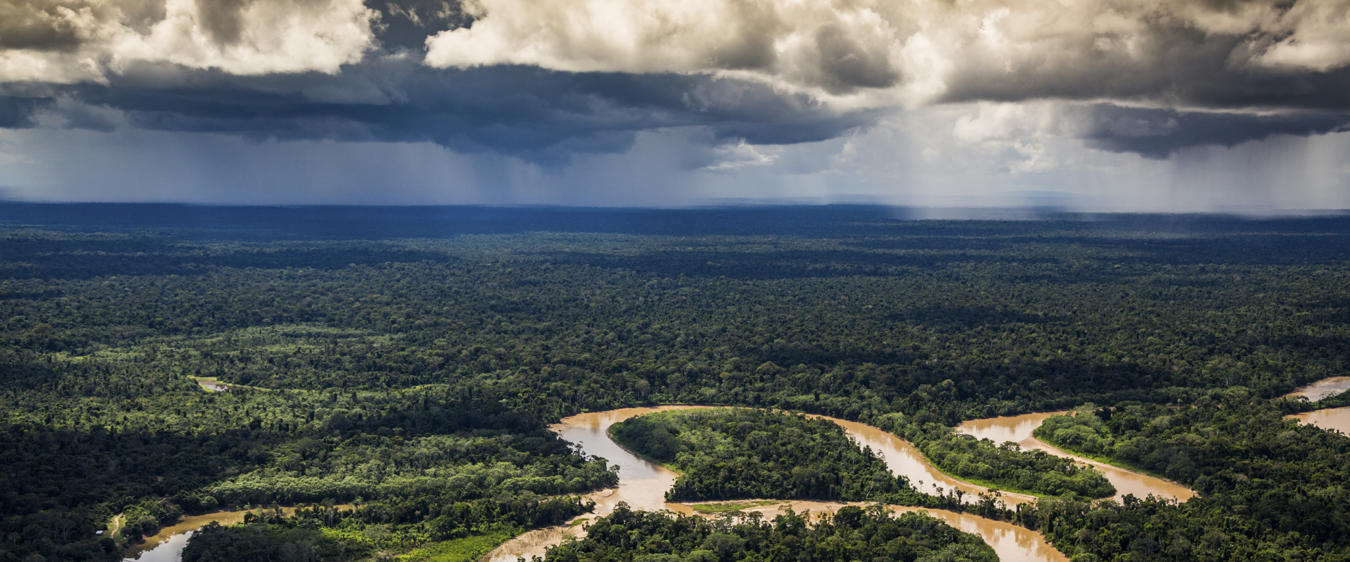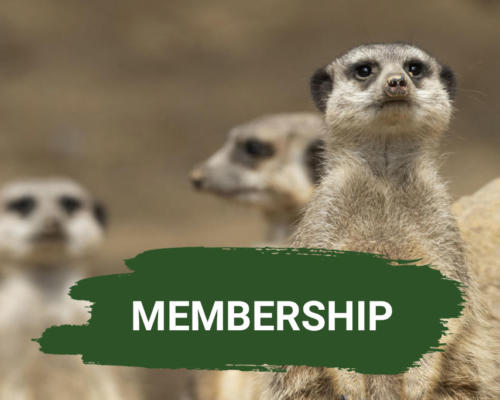
The vast, and at the same time, remote Purús landscape is famous for being one of the most untouched and species-rich areas of the Amazon basin. It includes Alto Purús, Peru’s largest national park, as well as a communal reserve and three indigenous territories.
Due to its direct neighbor, the Manu landscape, there is a gigantic contiguous rainforest area that represents an important biological corridor and provides an additional protective shield for natural habitats and umbrella species as well as ecosystem services. Purús is also one of the last areas on earth where indigenous peoples live in isolation and without visible interference with their natural environment.
Together with the local communities and authorities, conservation activities in the protected areas and for the indigenous territories of the Purús landscape are being brought together and strengthened.
- Project name: Support of Purús Landscape
- Alto Purús National Park: 25,107 km²
- Reserva Comunal Purús: 2,020 km²
- Mashco Piro Indigenous Reserve: 8,161 km²
- Murunahua Indigenous Reserve : 4,703 km²
- Madre de Dios Territorial Reserve : 8,299 km²
- Project leader: Danilo Jordan
- Project start: 2007
- Purús Landscape
- Partners
- back to top
- Remote surveillance through high-resolution satellite data, overflights, and the use of drones to detect illegal activities
- Support for protected area management in undertaking patrols in remote areas and capacity building of park guards
- Support the implementation of participatory community monitoring and surveillance along the rivers in the Purús landscape
- Annual monitoring of key aquatic species, the giant otter and the Yellow-spotted River turtles
- Support for the river turtle protection plan at a regional level
- Strengthen the participatory management committees and indigenous federations within the Purús landscape
- Co-manage the use of non-timber resources such as Copaiba oil and Huasaí palm fruits as well as aquatic resources, such as river turtles and catfish, based on conservation agreements with indigenous community associations
- Offering training to indigenous women’s associations in business management and marketing
- Increasing local knowledge about the benefits of protected areas in the Purús landscape
- Incorporate environmental education activities and materials about the Purús landscape within the Ministry of Education official documents at local and regional levels
- Support primary education institutions to develop practices with an environmental approach within the national curriculum
- Support necessary actions to change the categorization of Madre de Dios Territorial Reserve into an Indigenous Reserve to enable greater legal protection
Successful conservation is always the result of great teamwork. We collaborate with local communities, national authorities, and conservation organizations. Our partners make our conservation work possible.
-
 Peruvian authority of natural protected areas (SERNANP)
Peruvian authority of natural protected areas (SERNANP) -
 Ministerio de Cultura Peru (MINCUL)
Ministerio de Cultura Peru (MINCUL) -
 Gordon and Betty Moore Foundation
Gordon and Betty Moore Foundation -
 EcoPurús
EcoPurús -
 Federación Nativa del Río Madre de Dios y Afluentes (FENAMAD)
Federación Nativa del Río Madre de Dios y Afluentes (FENAMAD) -
 Sociedad Peruana de Derecho Ambiental (SPDA)
Sociedad Peruana de Derecho Ambiental (SPDA) -
 Unidad de Gestion Educativa Local de Tahuamanu (UGEL Tahuamanu)
Unidad de Gestion Educativa Local de Tahuamanu (UGEL Tahuamanu)












